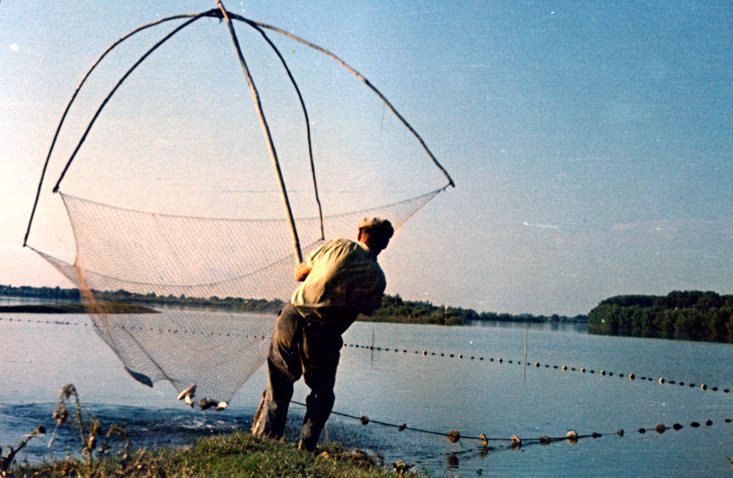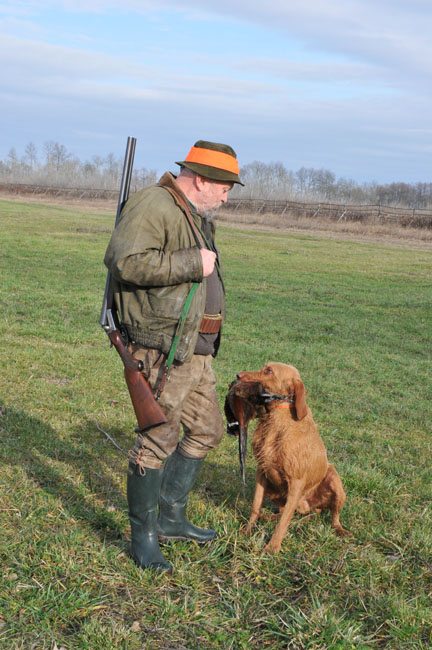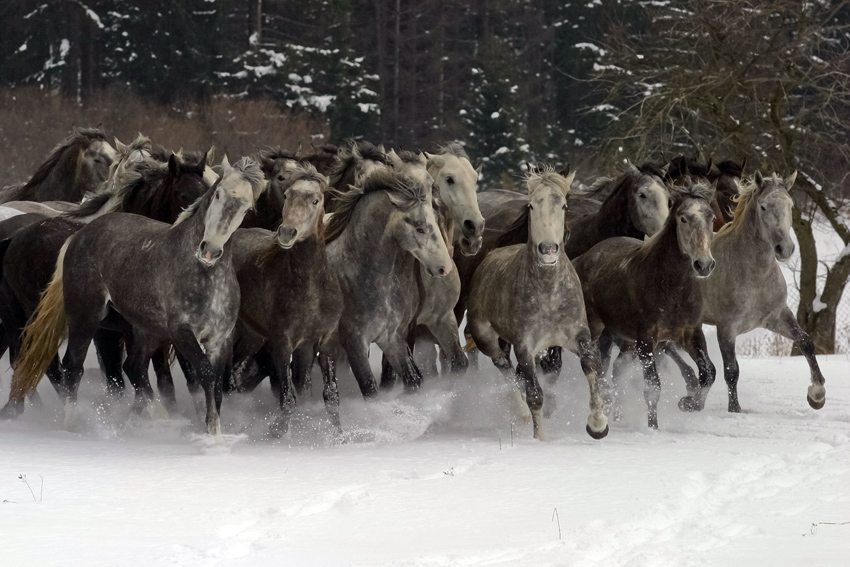
Flow, flight, pursuit, and prestige in the Hungarian way
From fishing to falconry, hunting, and Lipizzan horses, Hungary's traditions unite in celebrating nature and community.
Hungarians embrace a deep connection to nature through traditional practices that reflect their reverence for the land. This heritage embodies a way of life rooted in understanding and respecting the natural world, fostering community and cultural pride.
Falconry
Falconry is strictly speaking hunting with birds of prey. In the broader sense it is a way of life, a community in which this form of hunting is the focal point. This culture requires a love of nature and birds of prey, hunting expertise, as well as skill in training, breeding and rearing the birds. It also includes the knowledge of making and the use of traditional falconry equipment, exploration and research of falconry history, promoting and preserving the heritage, a shaping of mentality as well as teaching and transmission of the art. People involved in falconry also organize events and occasions for falconry, involving and strengthening the cohesion of local communities and raising awareness regarding the culture at such events domestically and abroad.
The tradition of falconry is thousands of years old and existed throughout a major portion of Eurasia. Hungarian falconry stems from this heritage and has become an integral part of Hungarian traditional culture and pervaded her history. During the height of falconry in the country from the 11th -17th century it also became an organic part of Hungarian national identity. Since that time the tradition has dwindled considerably in Hungary and throughout Europe, but the traditional knowledge associated with falconry lives on in localized communities and is gradually gaining popularity.
Artisan fishing
The artisan fishing here means the fishery with special homemade tools at the Danube River and its tributaries, flood plains (low water) and water areas. The riverside villages at the lower, Hungarian section of the Danube (between Dunaföldvár and Mohács) were encompassed by the Danube and the Fok River branches as an island.
The riverside area of the Danube is divided by water areas with different depths and extensions, which were filled with water due to the floods of the river several times a year. To prepare the tools (boat, square fishing-net, cast-net, fish-pot, etc.), to love and know the water nature and the mode of life of fish as well as the awareness of the activities related to fishing and the conservation of the aquatic environment are essential parts of the so-called ’small-tooled’, rower, artisan fishing. The cherishing of the traditions connected with the above presented fishing method and the organization of events as well as the community building and to present and introduce all of these things to the youth are also important parts of the artisan fishing in the lower Danube region.
Hunting
Hunting, as old as mankind, used to be an activity of subsistence in ancient times. These days it is widely regarded as a sport and recreational activity, but with its unparalleled system of traditions in view, it is much more than that. Hunting is a passion and a special way of life, and at the same time it is also a profession and a separate discipline of science.
The primary element of the survival of its tradition and cultural values is the community of hunters that transmits their knowledge to the younger generation. The diverse system of Hungarian hunting customs and traditions, the rofessional quality of game management in Hungary, as well as the rich artistic and literary portrayal of the field represent an intangible cultural heritage the safeguarding of which is a priority task and ultimate responsibility of the hunting community.
Horse breeding
At present, the Lipizzan (lipicai) horse-breed belongs to the few exclusive horse-breeds of the world. The horse stud where the breed was created was established in Lipica situated on a karst plateau near Trieste (in today's Slovenia) in the 16th century.
During the Napoleonic wars the stud was fled to Hungary on two occasions. The breeding of the Lipizzan full blood has been carried out on the basis of the same breeding principle for more than 430 years. As a result, it has a uniform appearance, constitutional sturdiness, it is eligible to be used for military, civil and agricultural use and even for equestrian purposes these days.It plays a substantial role in Hungarian coach-driving and in dressage. The Lipizzan appears in performing arts, too, in freehorsestyle and in horse theatres. Lipizzans are kept by several private horse breeders throughout Hungary, but the central gene pool is located in the stock of the State Stud Farm Szilvásvárad, which is also the venue of practical training and research.
In accordance with the aims of UNESCO, the States Parties shall identify intangible cultural heritage elements within their territories and draw up inventories. In fulfilling this obligation in May, 2009 the Minister of Education and Culture has called on bearer communities, groups and individuals in Hungary to nominate recognized elements of their own Intangible Cultural Heritage (ICH) for inscription. Following the reccommendation of the ICH Committee, the Minister of Culture created two lists in service of the safeguarding Hungary's intangible cultural heritage, the National Inventory of ICH and the National Register of Best Safeguarding Practices.
For more Hungarian intangible cultural heritage, please visit this website.


